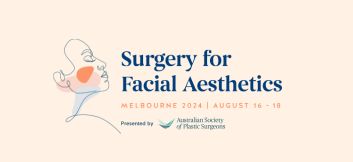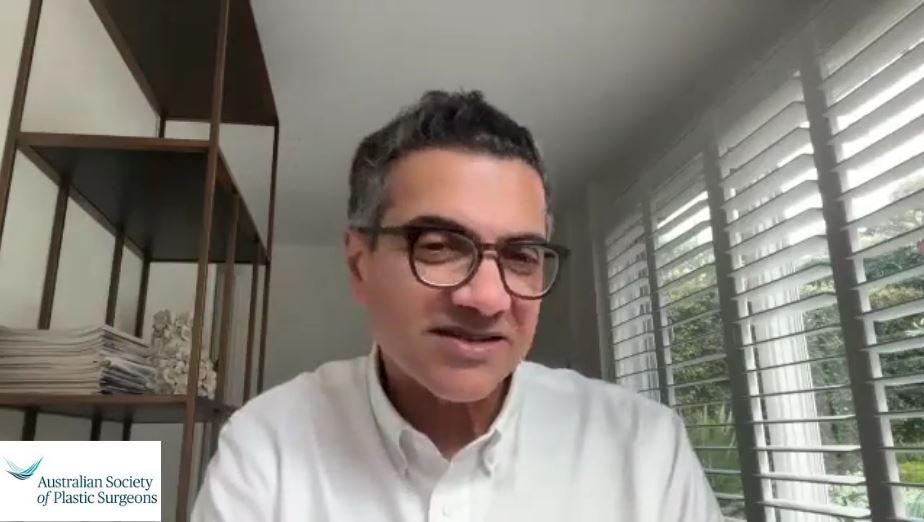Procedures
Cleft Lip & Palate
- About Your Specialist Plastic Surgeon
- Cosmetic
- Non-surgical Procedures
- Plastic Surgery Glossary
- Questions for Your Surgeon
- Reconstructive
- Surgical Procedures
- Abdominoplasty (Cosmetic)
- Abdominoplasty (muscle repair postpartum)
- Arm Lift
- Body Contouring
- Body Lift
- Breast Asymmetry Correction
- Breast Augmentation (Implants)
- Breast Implants with Lift
- Breast Lift
- Breast Reconstruction
- Breast Reduction
- Brow Lift
- Burns and Scarring
- Buttocks Lift
- Chin Surgery
- Cleft Lip & Palate
- Ear Surgery
- Eyelid Reduction Surgery
- Facelift Surgery
- Facial Implants
- Fat injection
- Gender Affirming Surgeries
- Gynaecomastia (Male Breast Reduction)
- Hair Replacement Surgery
- Hand Surgery
- Labiaplasty
- Liposuction
- Nipple Enhancement for Inverted Nipples
- Nose Surgery
- Scar Revision
- Skin Cancer
- Thigh Lift
- Tissue Expansion
Cleft Lip & Palate
Any surgical or invasive procedure carries risks. Before proceeding, you should seek a second opinion from an appropriately qualified health practitioner.
A cleft is a birth defect where the two halves of the palate and/or the lip don’t fuse properly, leaving an open space or ‘cleft’. A cleft in the roof of the mouth, or palate, is known as a cleft palate whereas a cleft between the two halves of the lip is known as a cleft lip. Since the lip and the palate develop separately, it is possible for a child to have a cleft lip, a cleft palate, or variations of both. This can occur on one side of the face only (unilateral) or on both sides (bilateral).
One in every 600 to 800 babies is affected by cleft lip or palate. The cause is unknown, although it is thought that genetic factors play a role in a small proportion of cases.
Surgery can repair most clefts so that the child’s appearance and speech develop normally. However, children born with a cleft lip or palate may need the skills of several medical professionals to correct the problems associated with the cleft. In addition to needing plastic surgery to repair the opening, these children may have problems with their feeding and their teeth, their hearing, their speech, and their psychological development as they grow up.
For that reason, parents should seek the help of a cleft lip and palate team as early as possible. Medical professionals with special experience in treating cleft lip and palate have formed such teams all over the country to help parents plan for their child’s care from birth, or even before. Typically, a Cleft Team may include a Specialist Plastic Surgeon, a paediatrician, a dentist, a speech and language specialist, a social worker, a hearing specialist, an ear-nose-throat specialist, a psychologist, a nurse, and a genetic counsellor.
Depending on the location and severity of the cleft, other treatments might include:
- Follow-up surgery on the hard palate at a later stage
- Jaw bone realignment prior to surgery, using elastic braces
- Bone grafts for the upper jaw at around ten years of age
- Ongoing dental and orthodontic care
- Subsequent cosmetic operations – these may be necessary as the child matures
Your child may need some or all of these treatments, depending on their condition. Your cleft team will be able to better advise what is best for your child.
Modern surgery is generally safe but does have the potential for risks and complications to occur. In cleft lip surgery, the most common problem is asymmetry, where one side of the mouth and nose does not match the other side. Further surgery may be necessary to correct any irregularities. In cleft palate surgery, the goal is to close the opening in the roof of the mouth so the child can eat and learn to speak properly. Occasionally, poor healing in the palate or poor speech may require a second operation.
Children with a cleft palate are also particularly prone to ear infections because the cleft can interfere with the function of the middle ear. To permit proper drainage and air circulation, a Specialist Ear-Nose-and-Throat Surgeon on the Cleft Palate Team may recommend that a small plastic ventilation tube be inserted in the eardrum.
At your initial consultation, your Specialist Plastic Surgeon will discuss the details of the procedure with you, including where the surgery will be performed, the type of anaesthesia to be used, possible risks and complications, recovery, costs, and the results you can expect.
Your surgeon will also answer any questions you may have about feeding your baby, by breast or by bottle, both before and after the surgery.
After the surgery, your child will probably feel some soreness and pain. Your Specialist Plastic Surgeon will prescribe pain medication to relieve any discomfort.
During this period, you child may not eat or drink as much as usual. If this is the case, an intravenous line will be used to maintain fluid levels. Your doctor will advise you on how to feed your child during the first few weeks after surgery. It is crucial that you follow your doctor’s advice on feeding to allow the palate to heal properly.
It is normal for your child to be restless for a while after surgery. Elbow restraints may be necessary for a few weeks to prevent your baby from rubbing the stitched area. If dressings have been used, they will be removed within a day or two, and the stitches will either dissolve or be removed within five days.
It is normal for the surgical scar to appear to get bigger and more red for a few weeks after surgery. This will gradually fade, although the scar will never totally disappear. In many children, however, it is barely noticeable because of the shadows formed by the nose and upper lip.
Further surgery may be required to correct irregularities such as asymmetry of the mouth and nose. Occasionally, children who experience poor healing in the palate or poor speech may require a second operation.
Cost is always a consideration for surgery. Prices for individual procedures can vary widely between Specialist Plastic Surgeons. Some factors that may influence the cost include the surgeon’s experience, the type of procedure used and the geographic location of the office.
Costs associated with the procedure may include:
- Surgeon’s fee
- Hospital or surgical facility costs
- Anaesthesia fees
- Prescriptions for medication
- Post-surgery garments
- Medical tests
Cleft lip and palate surgery is generally considered a reconstructive procedure and may be covered by private health insurance. Pre-certification is required for reimbursement or coverage. Insurance policies may vary greatly. Review your policy carefully to determine what is covered.
Having a child with a cleft lip or palate who require surgery can be emotionally difficult. Parents need to be supported, particularly in the first few days when feeding is difficult and there are unanswered questions. There are various organisations that offer information and advice. It is important to remember that clefts will be repaired and cleft-affected children go on to lead normal, happy lives.
In Australia, state based organisations such as CleftPALS offer support to families and friends of affected children. The Medicare Australia Cleft Lip and Cleft Palate Scheme helps families to meet treatment costs for specialised services for cleft lip and cleft palate conditions.
- Cleft: A birth defect where the two halves of the palate and/or the lip don’t fuse properly, leaving an open space
- General anaesthesia: Drugs and/or gases used during an operation to relieve pain and alter consciousness
- Local anaesthesia: A drug injected directly to the site of an incision during an operation to relieve pain
- Sutures: Stitches used by surgeons to hold skin and tissue together
Visit the Plastic Surgery Glossary for more medical terms.
This website is intended to provide you with general information only. This information is not a substitute for advice from your Specialist Plastic Surgeon and does not contain all the known facts about this procedure or every possible side effect of surgery. It is important that you speak to your surgeon before deciding to undergo surgery. If you are not sure about the benefits, risks and limitations of treatment, or anything else relating to your procedure, ask your surgeon to explain. Patient information provided as part of this website is evidence-based, and sourced from a range of reputable information providers including the American Society of Plastic Surgeons, Better Health Channel and Mi-tec medical publishing.
Featured Stories

Member Blog with Dr Ellis Choy: What is a Deep Plane Facelift?
Who is the ideal candidate for a deep plane facelift?…
Continue reading
